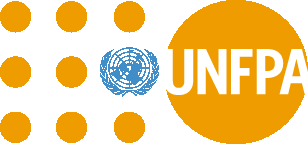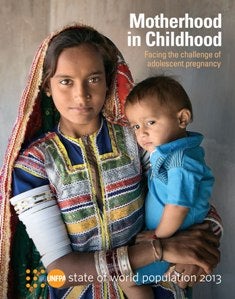
Yangon, Myanmar Every day, 20,000 girls under the age of 18 give birth in in developing countries. Nine in 10 of these births occur within marriage or a union, and the girls affected have little or no say in decisions about when or whether to become pregnant. Girls under the age of 15 account for 2 million adding the total up to 7.3 million new adolescent mothers a year. If current trends continue the number of births to girls under the age of 15 could rise to 3 million a year in 2030.

Worldwide, in developing countries, the number of adolescent pregnancies is 680,000. This is worrying numbers, because there is an estimated 3.2 million unsafe abortions among 15-19 year-olds. This means for every teenage birth there are five abortions, mostly unsafe. Unsafe abortions by an unqualified practitioner are predominately responsible for complications post-abortion and at worst results in deaths of young mothers. In Myanmar this is the case in over 10% of pregnancies within the age group 15-19, largely because of barriers based on social and cultural values that prevent young people accessing reproductive health services, including those for birth spacing.
The United Nations Population Fund (UNFPA) calls in its State of World Population 2013 for action that empowers girls, uphold their basic human rights, and put them on an equal footing with boys as well as for the girls to receive an education. According to the report girls who remain in school longer are less likely to become pregnant. The Myanmar launch of UNFPA’s flagship report took place in Yangon, on 10 December 2013. The official launch of the report was on 30 October.
“Myanmar may not have many adolescent mothers, nor do the majority of the country’s girls marry young. However this does not mean that many young girls are not vulnerable to unintended pregnancies. We know they are. Part of protection adolescents is through access to information and access to reproductive health services, including contraception. This will help reduce their vulnerability and strengthen their ability to take responsibility. Prevention is the best way to avoid unsafe abortions, and this is happening in many places, thanks to youth spaces and adolescent friendly services,” said Ms. Janet Jackson, UNFPA Myanmar Representative in her statement.
Ms. Jackson emphasized that “today is about committing to ensure that changes are implemented as part of the nation’s post 2015 agenda, in order to ensure that all girls are protected and that they have access human rights, health and education, which prevents them from realising their ambitions and living out their true potential. These are important considerations for Myanmar as it prepares for taking on the ASEAN chair in 2014, where social policies and social development should be championed alongside investments in trade and interest for economic growth.”
Very young girls are especially vulnerable to exploitation, child marriage and sexual coercion and violence. A pregnancy endangers them physically, emotionally as well as developmentally. Girls who become pregnant so young are twice the risk of death and disability, than older girls and women. An estimated 70,000 adolescents in development countries die each year from complications during pregnancy and child birth.
UNFPA congratulated the Ministry of Health for launching the National Services Standards and Guidelines on Adolescent Health Care in July with support from WHO and UNFPA. UNFPA remains committed to work with the Government and all stakeholders to help meet the needs and potentials of the young people of Myanmar. UNFPA is also a member of the recently established National Task Force for youth policy.


